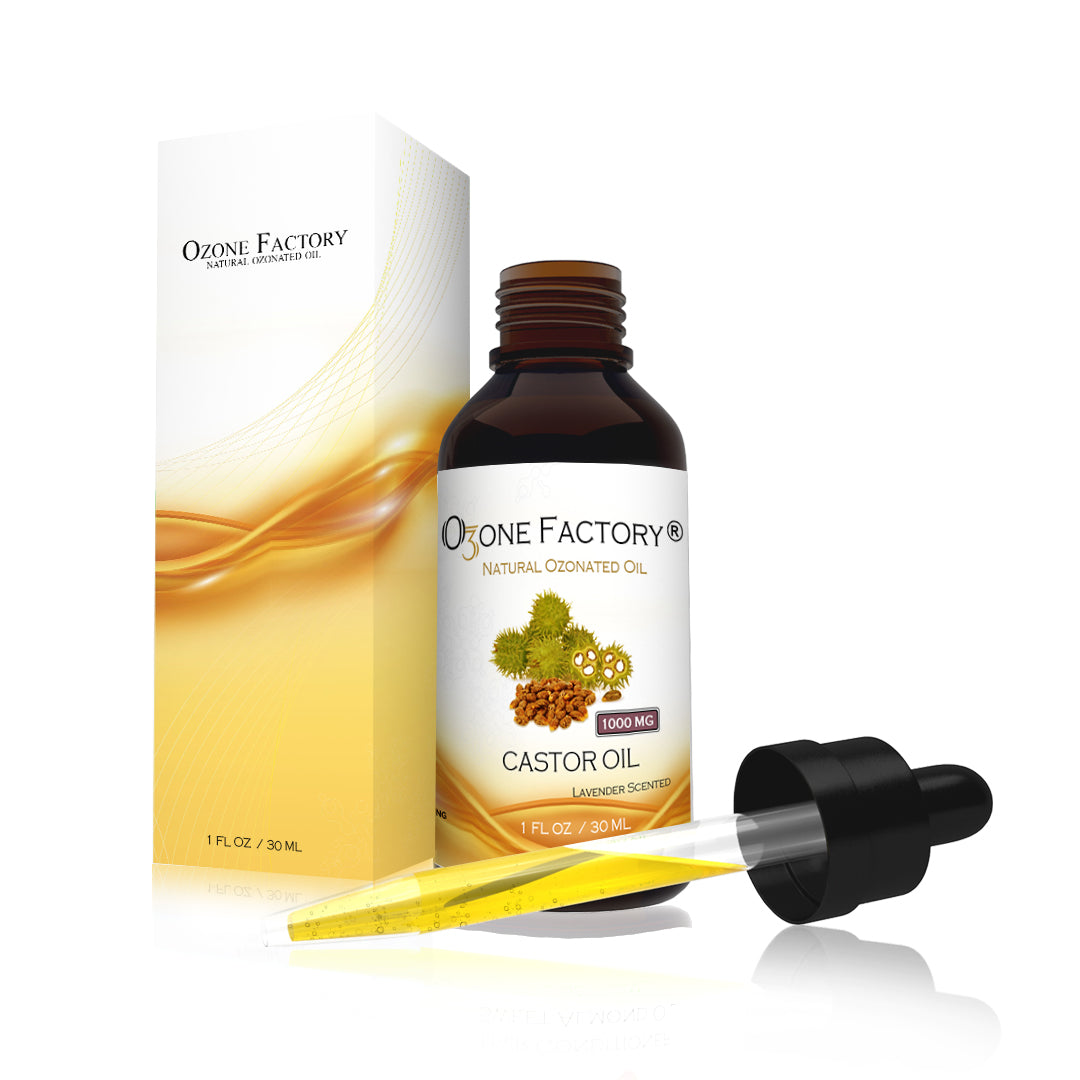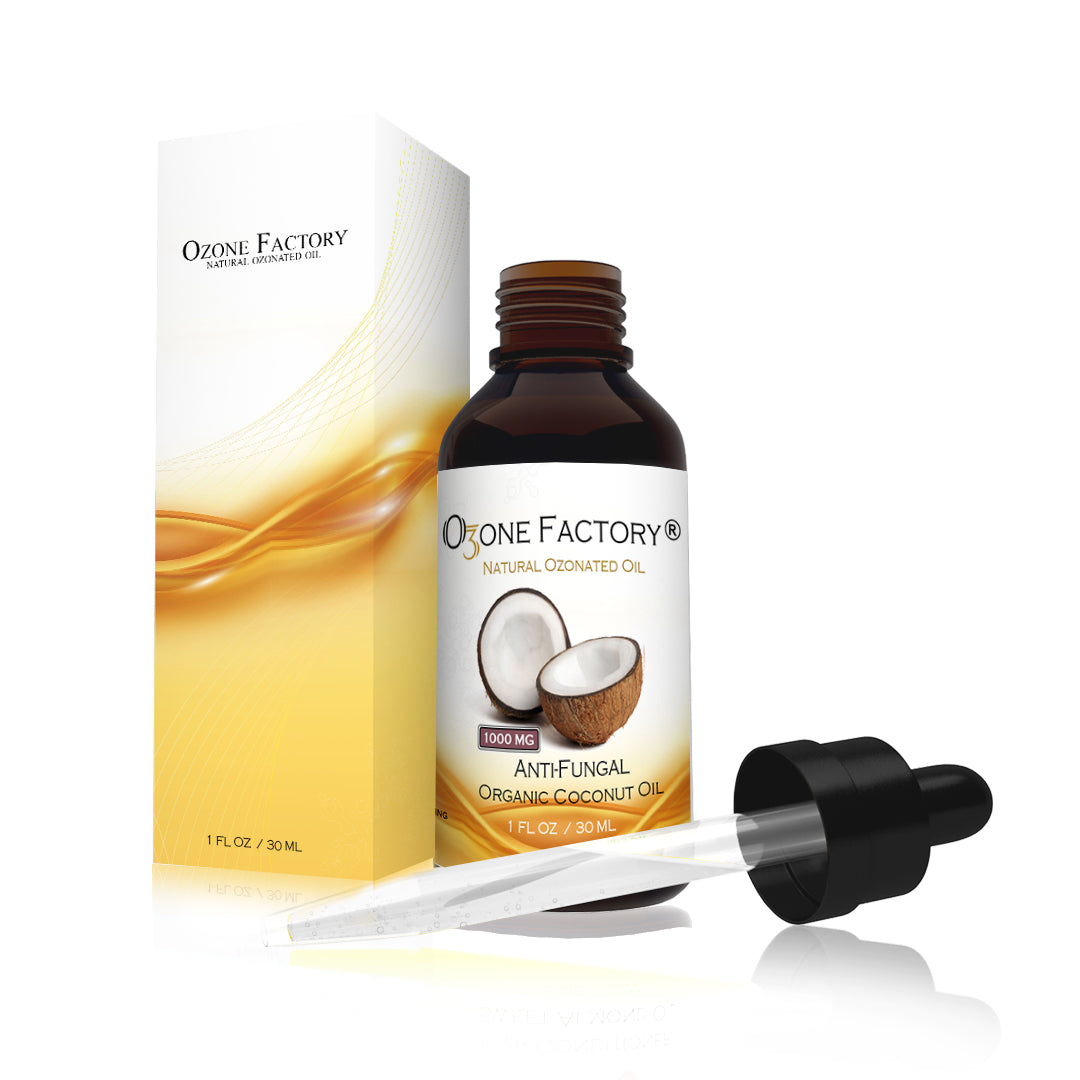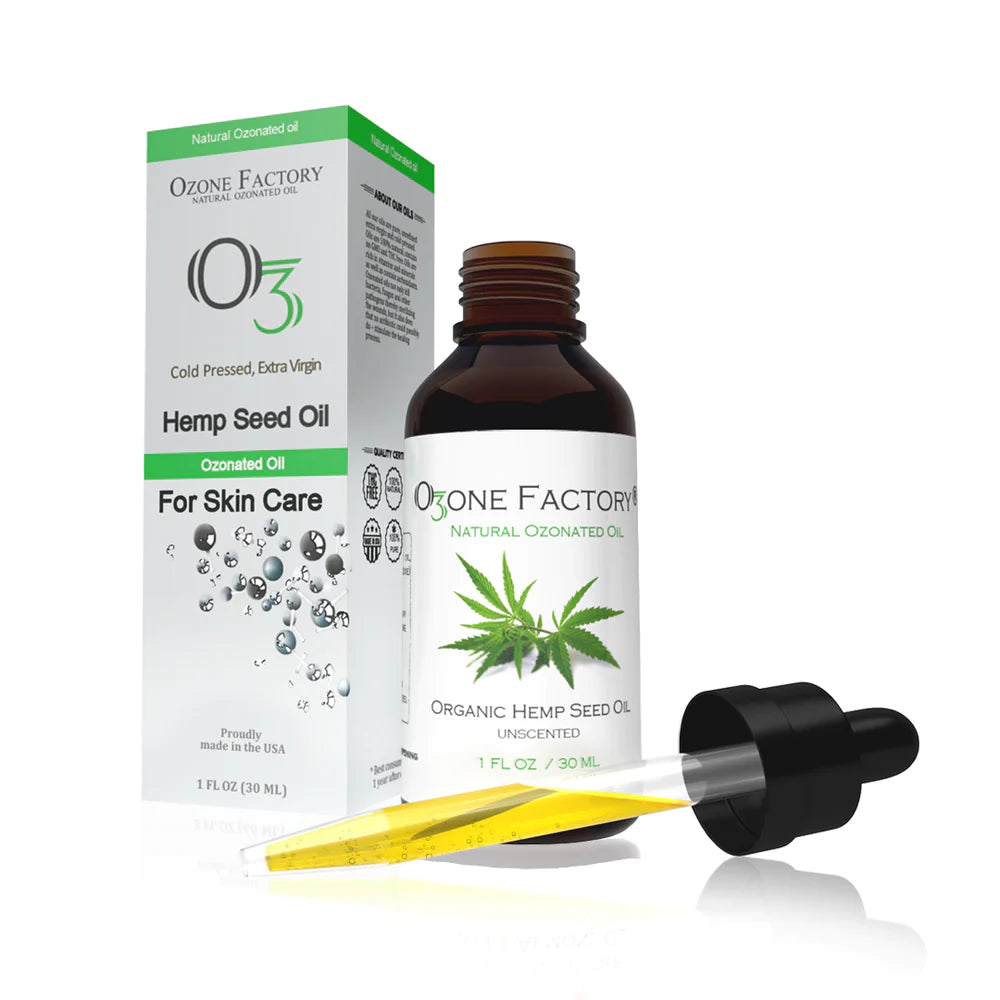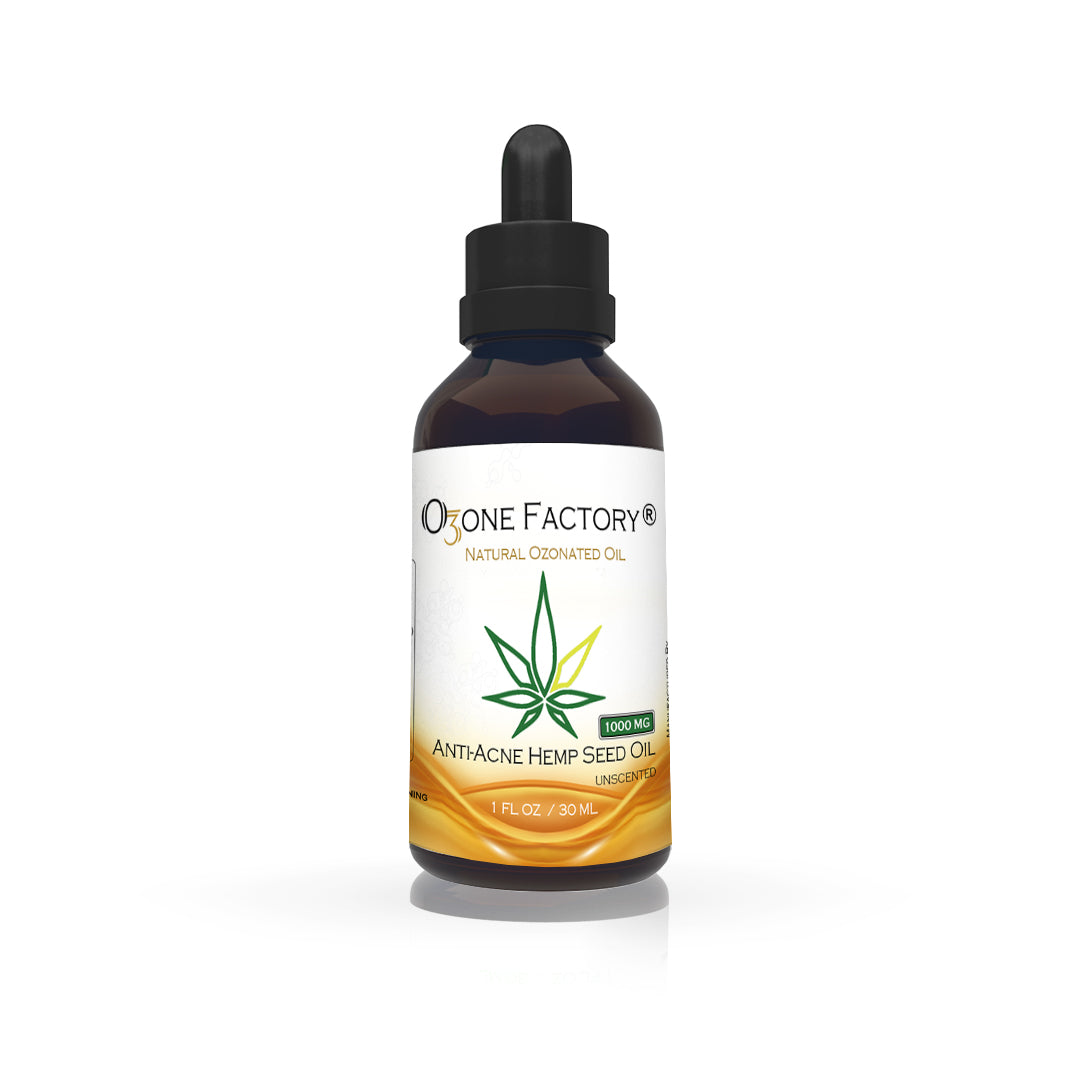
Necrobiosis lipoidica is a rare, chronic skin disorder that primarily affects middle-aged and elderly individuals, particularly those with diabetes. Characterized by shiny, reddish-brown plaques that often appear on the shins, this condition can be both physically uncomfortable and emotionally distressing. While its exact cause is not fully understood, impaired blood flow and collagen degeneration seem to play key roles. Fortunately, natural therapies like ozonated oils may offer supportive care and comfort for those living with necrobiosis lipoidica.
What Is Necrobiosis Lipoidica?
Necrobiosis lipoidica is a granulomatous skin disease, meaning it involves chronic inflammation and tissue changes. It typically develops slowly and is more common in women than men.
Common symptoms include:
- Yellowish or reddish plaques with well-defined borders
- Thinning skin that may ulcerate (especially in later stages)
- Itchiness, pain, or burning in the affected area
- Ulcers that are slow to heal or prone to infection
The condition is not contagious, but it is often associated with diabetes mellitus, especially type 1. However, necrobiosis lipoidica can also appear in non-diabetic individuals.

Challenges in Treatment
Treating necrobiosis lipoidica can be difficult, as there is no universally effective therapy. Options often include topical corticosteroids, immunomodulators, or wound care for ulcerated areas. However, long-term use of steroids may thin the skin further, increasing the risk of complications.
This is where natural, non-invasive solutions like ozonated oils may help support skin healing without the risks of synthetic medications.
How Ozonated Oils Can Support Necrobiosis Lipoidica Management
Ozonated oils—such as ozonated olive oil, coconut oil, or hemp seed oil—are rich in ozonides that promote tissue regeneration and fight microbial infections. Their potential benefits for people with necrobiosis lipoidica include:
-
Wound Healing Support
Ozonated oils enhance tissue oxygenation and cell regeneration, which is essential for healing chronic ulcers or thinning skin associated with necrobiosis lipoidica. -
Antibacterial and Antifungal Protection
Open lesions from necrobiosis lipoidica are vulnerable to infections. Ozonated oils create an antimicrobial barrier that may prevent colonization by harmful pathogens. -
Anti-Inflammatory Action
Chronic inflammation is central to necrobiosis lipoidica. Ozonated oils help reduce local inflammation and calm irritated skin. -
Improved Microcirculation
Some studies suggest ozone therapy may stimulate local blood flow, which is often compromised in elderly patients with diabetes or vascular insufficiency.
Recommended Use
- Cleanse gently with lukewarm water and a mild soap.
- Apply ozonated oil once or twice daily on the plaques or ulcers.
- Massage softly into the skin or cover with a sterile bandage if ulcerated.
- Always store the oil in a cool, dark place to maintain its potency.

A Natural Ally for Delicate Skin
Although necrobiosis lipoidica is not life-threatening, its impact on quality of life should not be underestimated. Ozonated oils offer a gentle, natural option to help manage symptoms, protect fragile skin, and support healing—especially for elderly individuals who may be sensitive to stronger medications.






